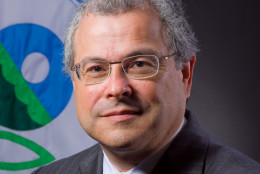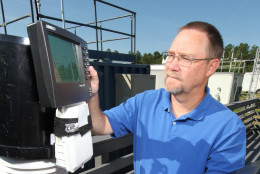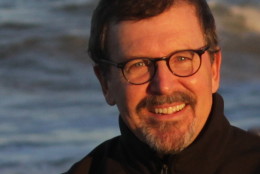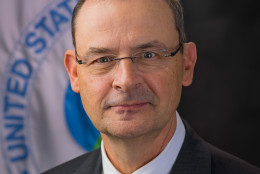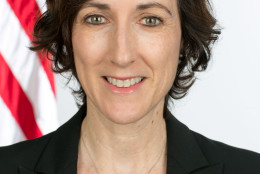Environmental Protection Agency
-
Joel Scheraga never expected he'd one day become one of the EPA's leading voices on climate change. From planetary geo-physics, to economics,to academia, Scheraga took advice from his dad and decided to go down an unexpected path.
April 29, 2016 -
Stung by breaches and facing a rasher of policy mandates, federal agencies are using network upgrades as opportunities to improve cybersecurity. Lee Kelly, IT specialist and special assistant to the Environmental Protection Agency's senior information security officer, spoke to Federal Drive with Tom Temin about how the internet of things and big data are affecting EPA's network security.
April 28, 2016 -
Greg Godbout, who co-founded the 18F organization at GSA and was in the initial class of Presidential Innovation Fellows, is leaving government to join cBrain, a Danish software firm.
April 19, 2016 -
Robert Silvers becomes the first permanent assistant secretary for cyber policy at DHS in about a year.
April 11, 2016 -
Imagine living in a New Jersey neighborhood literally surrounded by highways, railways, a gigantic airport, factories and an incinerator. It seemed like everyone had asthma. Motivated citizens got together with the Environmental Protection Agency to help get a handle on the local air quality. Marie O'Shea, region two liaison to EPA's office of research and development, tells Federal Drive with Tom Temin about the creation of an environmental toolbox and how it was used.
March 31, 2016 -
The Tonawanda Coke story helped move citizen science from the realm of mere data gathering to the power to change things. Pat Sheridan, the Environmental Protection Agency's region two citizen science coordinator, tells Federal Drive with Tom Temin about the famous case the stinky factory and the people of Tonawanda, New York.
March 31, 2016 -
For citizens to be able to gather and report accurate data about air, they need reliable and accurate devices. Ron Williams, research chemist at the Environmental Protection Agency, tells Federal Drive with Tom Temin he spends a lot of time evaluating devices and helping develop new ones to help the cause of citizen science
March 30, 2016 -
Deb Szaro, regional administrator at the Environmental Protection Agency, tells Federal Drive with Tom Temin how citizens' observations need to become more accurate if they're to be used to affect regulations or public policy.
March 30, 2016 -
For the EPA and other agencies, smart phones, wireless connectivity and the development of cheap, accurate, radio-equipped sensors combine to rev up the power of citizen science.
March 30, 2016 -
Hundreds of federal employees say their agencies provided them with at least some information on changes in commuter benefits. In an exclusive Federal News Radio survey, government workers said that information varied widely when it came to when and what their agency said, and whether employees would receive the benefits at all.
March 29, 2016 -
The Environmental Protection Agency is focusing on the deployment of low-cost sensors to the hands of citizens virtually anywhere who can observe and record environmental conditions and report them. Jay Benforado, chief innovation officer in EPA's Office of Research and Development, talks to Federal Drive with Tom Temin.
March 29, 2016 -
Ever since people could count birds or measure celestial phenomena, they've been contributors to science thanks to their observational skills. At the Environmental Protection Agency, planners wanted to take this idea of disbursed people observing conditions around them to a new level. It's called citizen science. Tom Burke, deputy assistant administrator, senior science adviser and head of EPA's research and development, spoke to Federal Drive with Tom Temin.
March 29, 2016 -
Anne Rung, the administrator in the Office of Federal Procurement Policy, and Tony Scott, the federal chief information officer, sent a memo to all CFO Act agencies detailing the requirements for the new labs as well as announcing a pilot to expand the use of digital acquisition capabilities across the government.
March 10, 2016 -
More than a year after agencies first began embedding digital services teams into their organizations, IT leaders are seeing the benefits of adopting a more agile, incremental mentality -- rather than bending to old policies and standard protocols.
March 02, 2016 -
Agencies need clearer hiring authorities from the Office of Personnel Management to successfully recruit and hire new tech talent, said Beth Killoran, acting CIO at the Health and Human Services Department. HHS has a 40 percent vacancy rate among its cyber and IT infrastructure workforce.
February 18, 2016

